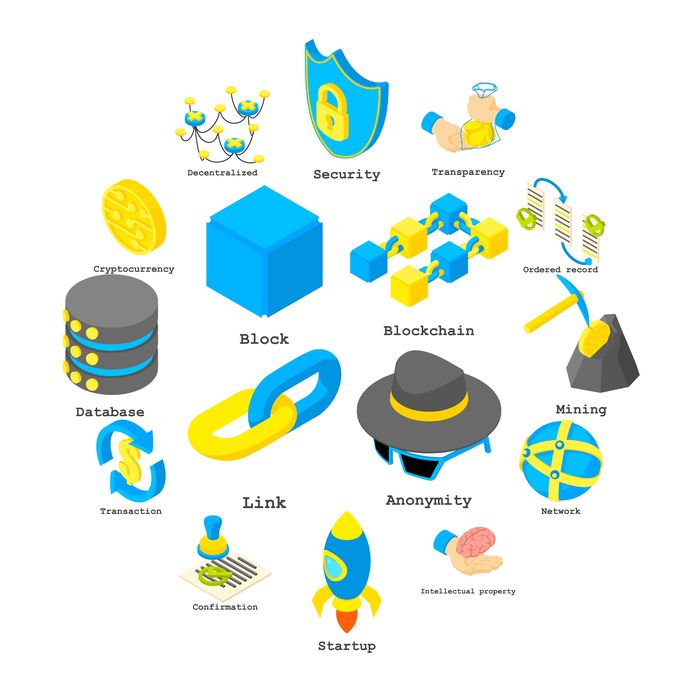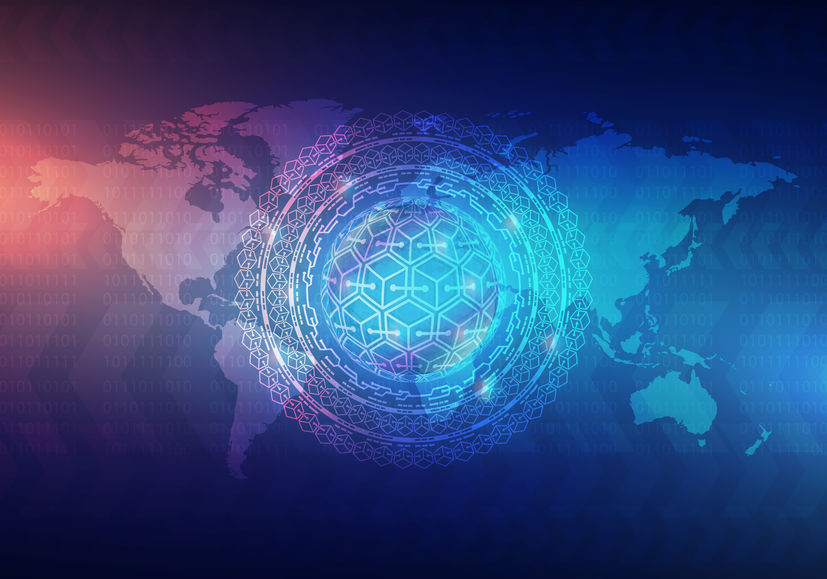Use cases related to Digital Identity are foundational for the success of most if not all use cases directly and will contribute towards SDG 16.9, i.e. “providing legal identity for all, including birth registration”.
We have the right to be recognized as a person before the law. It is our universal human right[1] to be able to prove who we are in trusted and reliable ways while maintaining our privacy and security of data. Use cases for Digital Identity will benefit all SDGs. The SDG 16, indicator 16.9 says that “by 2030, provide legal identity for all, including birth registration”. This requires 193 member countries to ensure that everyone has a legal form of identity by 2030.
Without an identity, individuals are often invisible and therefore unable to vote, access healthcare, open a bank account, receive education get employment and also and bear a higher risk for exploitation and trafficking. Without accurate population data, public and private organizations struggle to broadly and accurately deliver the most basic human services. Digital Identity related use cases benefits can span over most SDGs, therefore, it is considered as one of the foundational requirements. Currently, a WHO defined CRVS (Civil Registration and Vital Statistics[2]) system permits solutions to declare and record vital citizen statistics in a centralized database. CRVS system aims to provide an international and universal means to replace the alternative decentralized civil registry systems used at the city or county level. According to a joint statement from UNICEF and WHO issued in February 2018, CRVS can help in realizing fundamental human rights. CRVS systems can serve to “increase access to services and entitlements; in order for women and children to realize their rights to proper health care, education and basic social benefits, including housing and social protection”. Also, that “for countries, a fully functioning CRVS system also generates important information which is a prerequisite to socio-economic planning and informed decision-making, enabling governments to monitor key demographic and health indicators, including an infant, child and maternal, and adult mortality, and target resources and interventions by geography and population group. In short, CRVS systems are critical to future development.”
However, many countries do not have adequate systems in place for CRVS or other kinds of a similar and reliable system. Due to this, millions of births go unregister every year. Similarly, due to the lack of such systems, even the deaths are not registered or counted in the vital statistics system.
According to UNHCR (2017), “a digital identity can facilitate access to essential services, aid countries in distribution of social benefits, and open up formal financial tools to the world’s 2 billion unbanked people”. Refugees, other forcibly displaced persons and the stateless are often left out of the CRVS and national identity systems of the countries in which they live. This prevents access to both public and private services, increases the risk of statelessness, and inhibits effective state planning. According to the World Bank Group’s Identification for Development (ID4D) “1.1 billion people, including many millions of children, women and refugees, globally lack any form of officially recognized identification”.
The main problems with alternative decentralized civil registry systems are that the data is stored in decentralized databases. It is prone to the lack of coherence between decentralized databases and impossible to verify the veracity of such data (Anon, 2019). Furthermore, such decentralized databases are necessarily protected by sophisticated encryption techniques for disguising and revealing information, and their records may not be free from any tampering. However, the same can be right about a centralized database system as well. In 2017, ID2020 established an alliance to bring together governments, public and private sector organizations, including Accenture, Microsoft, Mercy Corps, Hyperledger, and UNICC (Anon, 2018).
Several projects run under this alliance are supporting Blockchain use cases supporting the SDG. ID2020 is continuing to accept project proposals for digital identity pilots. The pilot project announced for 2018 and already in use are: iRespond, that offers Blockchain-based digital identification for projects linked to individual users through iris recognition and Everest, that allows users to digitally verify their identity for public services and claim their social and economic rights through use of digital identities, electronic wallets, document management, and biometrics. Some other examples of a Blockchain-based Digital ID system related to ID2020 are ID2020: DIGITAL IDENTITY from Accenture and Authenteq from Iceland.
The future projects or ones in the making are several however one that is worth highlighting due to its magnanimous amount of data of more than a billion people in India is the Aadhaar system run by Unique Identification Authority of India (UIDAI), a centralized identity database containing demographic and biometric data of over a billion people. It provides authentication and other online services such as e-KYC (know your customer). Banks, telecom companies and other government and commercial entities are already using Aadhaar system for authenticating their customers identity, and in some cases, it is even obligatory to have an Aadhaar based identification to obtain services or benefits, for example, it takes very little time to identify and authenticate customers (KYC) compared to traditional methods. The people of India trust UIDAI or the govt of India to ensure the privacy and security of the billions of records of personal data that is also used to link to many other systems such as banking and telecommunications. Trusting the people that run (UIDAI), centralized database technology and the operating procedures (manual or automated) for running and maintaining it.
On the other hand, due to the widespread and extensive use of Aadhaar based KYC through online applications and paper copies of the Aadhaar card, people may sometimes share more than the required information. It is difficult for people to know where and how their personal data is being used. According to (IANS, 2018) there were concerns raised about the mandatory enrolment and linking the Aadhaar number to a wide range of services because of the risks related to the right to privacy for millions of people”.
In September 2018, the Indian Supreme Court struck down provisions related to Aadhaar card linking where no benefits, subsidies are involved, especially in the private sector and asked the Centre to bring a robust law for data protection as soon as possible. Media has reported data leaks and vulnerability reports regarding the Aadhaar system that is an obvious honeypot for hackers. The Indian Government S. S. Ahluwalia (2019) assured that “UIDAI’s existing security controls and protocols are robust and capable of countering any attempts or malicious designs of data breach or hacking”. In any case, if anyone is able to penetrate the security and hacks into the central database of Aadhaar personally identifiable information of more than 1 billion users will be at risk. Secondly, as discussed earlier, measures of security and data privacy are only as good as the will of the owner and the enforcement of controls. Blockchain offers a mechanism of trust that does not require any trusted institution or government.
Aadhar system is a noteworthy use case for Blockchain technology, and if successful, it could become exemplary for the whole world. The properties of the Blockchain technology such as no requirement for trusted authority, immutable records, traceability and decentralized is worth exploring for putting together a more advanced version of the Aadhar ecosystem. Especially, thinking in the context of CRVS and the requirements to link Aadhaar data with banking, telecom services and others, perhaps more could be done using hybrid Blockchain technology than what is done using Aadhar today.
A robust digital Digital Identity use case is a foundational enabler that opens the door for several other uses cases and projects using the Blockchain technology. Digital Identity using Blockchain is being used in many projects as below.
- BankChain- Blockchain KYC (Know Your Customer) System
- SBI to use Blockchain in KYC.
- Cognizant- Blockchain for secure Data Sharing
- IBM – POC Blockchain-Based Shared KYC
- Blockusign – Encrypted Document Signing and Digital Notary – Powered by the Blockchain
- IOTA’s TangleID-Driven Digital Citizen Card Deploying
- Uport – open identity system allows users to register their own identity on Ethereum, send and request credentials, sign transactions, and securely manage keys & data. Based on uPort Swiss Federal Railways has successfully tested a proof of concept for a Blockchain identity verification system (O’Keeffe, 2018).
- Blockchain-based identity verification use cases can also be applied to make a saving in time and cost for the passenger check-in process, management and tracing of baggage. According to CNN, the government of Dubai has signed a new agreement to develop digital passports for entry at Dubai International Airport, to put an end to manual passport verification checks for seamless entry also being referred as the “world’s first ‘gate-less border’”.
- The Sovrin Network is the new standard for digital identity – designed to bring the trust, personal control, and ease-of-use of analog IDs – like driver’s licenses and ID cards – to the Internet.
- Hyperledger Indy provides tools, libraries, and reusable components for providing digital identities rooted on blockchains or other distributed ledgers so that they are interoperable across administrative domains, applications, and any other silo. Indy is interoperable with other blockchains or can be used standalone powering the decentralization of identity.
[1]1948 Universal Declaration of Human Rights, Articles 6 and 15; 1951 Convention on the Status of Refugees, Articles 25 and 27; 1954 Convention on the Status of Stateless Persons, Articles 25 and 27; 1961 Convention on the Reduction of Statelessness, Articles 1‐4; 1965; 1969 International Convention on the Elimination of All Forms of Racial Discrimination, Article 5(d)(iii); 1966 International Covenant on Civil and Political Rights,
[2] The United Nations defines Civil registration as: “The continuous, permanent, compulsory, and universal recording of the occurrence and characteristics of vital events (live births, deaths, fetal deaths, marriages, and divorces) and other civil status events pertaining to the population as provided by decree, law or regulation, in accordance with the legal requirements in each country and ”Vital statistics as: “The collection of statistics on vital events in a lifetime of a person as well as relevant characteristics of the events themselves and of the person and persons concerned. Vital statistics provide crucial and critical information on the population in a country.”
References:
- O’Keeffe, D. (2018) ‘Blockchain Identity Management Trialed on Swiss Federal Railways’, Crypto Disrupt [Online]. Available at https://cryptodisrupt.com/blockchain-identity-management-trialed-on-swiss-federal-railways/ (Accessed 27 May 2019).
- S. AHLUWALIA (2019) ‘GOVERNMENT OF INDIA MINISTRY OF ELECTRONICS AND INFORMATION TECHNOLOGY LOK SABHA UNSTARRED QUESTION NO. 3600’, Indian Government [Online]. Available at https://uidai.gov.in/images/loksabha/LSPQ_3600_(Unstarred).pdf.
- UNHCR (2017) ‘ID2020 and UNHCR Host Joint Workshop on Digital Identity’, UNHCR Blog [Online]. Available at https://www.unhcr.org/blogs/id2020-and-unhcr-host-joint-workshop-on-digital-identity/ (Accessed 26 May 2019).
Also read:





